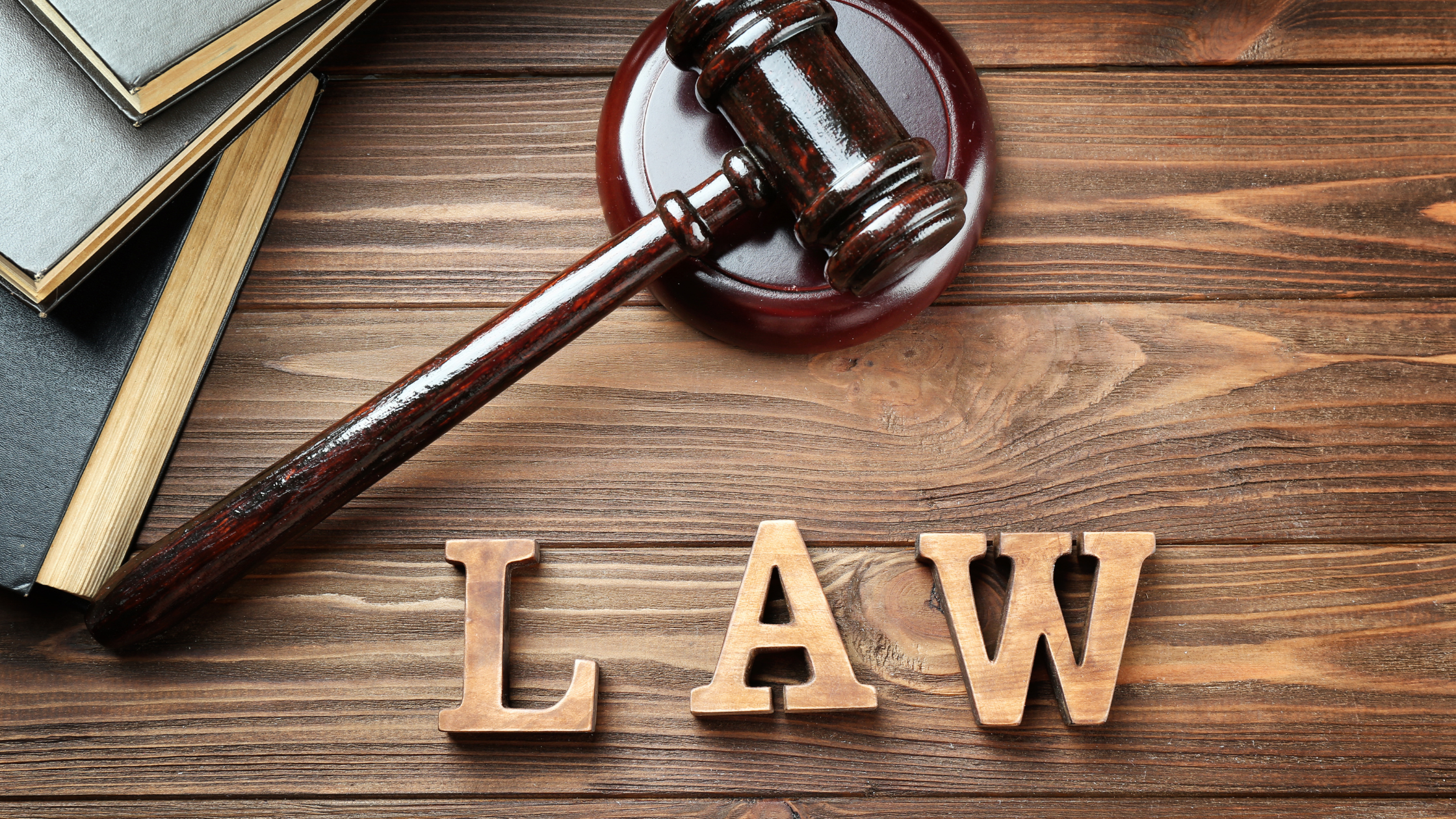As a guardianship lawyer in Western Australia, I regularly consider section 43 of the Guardianship and Administration Act when assessing how to best advocate for my clients.
This section is crucial when it comes to making guardianship orders for adults who need assistance in their personal affairs.
In this blog post, we will explore section 43 and how it is applied in light of the recent decision GG [2021] WASAT 133.
Section 43 - Making of Guardianship Order
According to section 43(1) of the Guardianship and Administration Act, the State Administrative Tribunal can make a guardianship order if it is satisfied that a person:
a) has attained the age of 18 years;
b) meets at least one of the following criteria:
i) is incapable of looking after their own health and safety;
ii) is unable to make reasonable judgments in respect of matters relating to their person; or
iii) is in need of oversight, care or control in the interests of their own health and safety or for the protection of others.
Section 43(1) must be read together with section 4 of the Act, which contains various presumptions about a person's capacity. In particular, section 4(3)(c) presumes that a person is capable of managing their own affairs.
The Nature and Operation of Section 43(1)(b)
In the case of GG [2021] WASAT 133, the Tribunal analysed the nature and operation of section 43(1)(b).
It was noted that this section deals with the question of capacity in a global sense, rather than focusing on the ability to make specific decisions.
Each of the three criteria in section 43(1)(b) has a distinct meaning and application, and they must be read together.
The first criterion (i) is concerned with a person's functional incapacity, specifically their inability to look after their own health and safety.
The second criterion (ii) focuses on an inability to make reasonable judgments, pertaining to any or all matters relating to the person.
The third criterion (iii) refers to a need for oversight, care or control.
Assessing a Person's Capacity
In GG [2021] WASAT 133, the Tribunal provided guidance on assessing a person's capacity to make reasonable judgments about matters relating to their person.
This assessment should be:
a) conducted on both an objective and subjective basis;
b) based on the particular personal needs and decisions that the person may be called upon to make; and
c) evaluated in light of whether the person has the ability to understand, retain, and weigh up relevant information, appreciate the consequences of their decisions, and implement those decisions.
Meaning and Application of the Third Criterion in Section 43(1)(b)(iii)
The meaning and application of the third criterion in section 43(1)(b)(iii) of the Guardianship and Administration Act has been the subject of differing interpretations in previous Tribunal decisions.
In particular, two cases - G [2017] WASAT 108 and KRM [2017] WASAT 135 - presented contrasting views on whether the criterion could stand on its own or if it required overcoming the presumption of capability first.
The GG [2021] WASAT 133 decision offered clarity on the interpretation of this specific criterion.
In the GG [2021] WASAT 133 decision, the Tribunal clarified the interpretation of the third criterion in section 43(1)(b)(iii). The decision emphasised that each of the three criteria should not be construed in isolation, and the context of the Act should be taken into consideration. The Tribunal determined that the term "need" in the third criterion should be understood as reflective of the incapacity of a person to manage their own affairs, and therefore, it should not be viewed as a self-standing ground for intervention.
The GG [2021] WASAT 133 decision further expounded on the third criterion, stating that the need for oversight, care, or control is directed towards a person's functional incapacity. This means that the focus should be on a person's inability to be self-directed, exercise control, and make decisions about their own care or avoid putting others at risk. The decision also highlighted that the language of the provision is widely cast, addressing the consequences of a person's functional incapacity without specifically targeting the cause.
The GG [2021] WASAT 133 decision successfully reconciled the differing views from the Ms G and KRM cases, offering a balanced interpretation of the third criterion in section 43(1)(b)(iii). By focusing on functional incapacity and placing the criterion within the broader context of the Act, the decision provided a more comprehensive understanding of the meaning and application of this criterion in guardianship cases.
Key take-aways
Section 43 of the Guardianship and Administration Act plays a critical role in determining whether a guardianship order should be made for a person who needs assistance in their personal affairs.
Understanding the construction and application of this section is essential for guardianship lawyers and individuals involved in guardianship matters.
By examining the GG [2021] WASAT 133 decision, we gain valuable insight into the interpretation and application of section 43(1)(b) and the criteria that must be satisfied before a guardians










